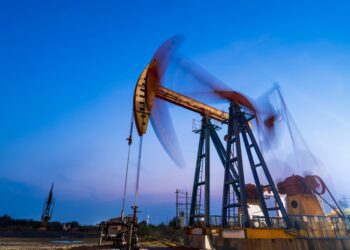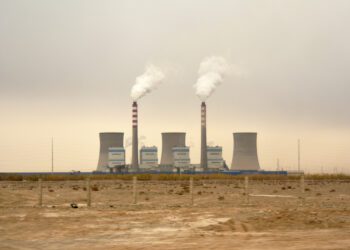Today the world has 27m times as much coal-fired electricity-generating capacity: 2,470 gigawatts (GW) parcelled out between 7,120 plants. Cumulative emissions from coal since 1882 amount to 800bn tonnes, the single biggest factor driving the warming that makes today’s world about 1.2°C warmer than that of 1882. Most of that coal has been burned to produce electricity.
Today’s plants are producing about 12bn tonnes a year. These plants exist because they do what the Holborn Viaduct plant failed to do: make money for investors. So, we have calculated how much it might cost to give the investors their return directly, thus compensating them for the loss of the plants. To do this, we took each plant’s location, the number of years of life it was assumed to have ahead of it, its generation capacity, the fraction of that capacity typically used by plants in that country today, and the emissions expected if operating at that capacity. From this, we assigned a value to the plant and calculated the emissions that it might be expected to produce over its lifetime.
Shutting down all coal overnight is obviously not realistic soon. The economics of it, raising some $ 5.7 trillion to pay off investors, is difficult enough. The politics, which would involve transferring billions of dollars to Chinese entities of often unclear ownership, sometimes for plants not even built, would perhaps be even worse. However, the magnitude of the challenge presented by climate change requires both leaps of imagination and cold, hard thinking about the efficiency of solutions. The benefits of shutting down coal today would compound over the next century and more, as CO2 emitted now and in the future would not enter the atmosphere or stay there, warming the planet for centuries.
Read the full article here / Courtesy of The Economist












